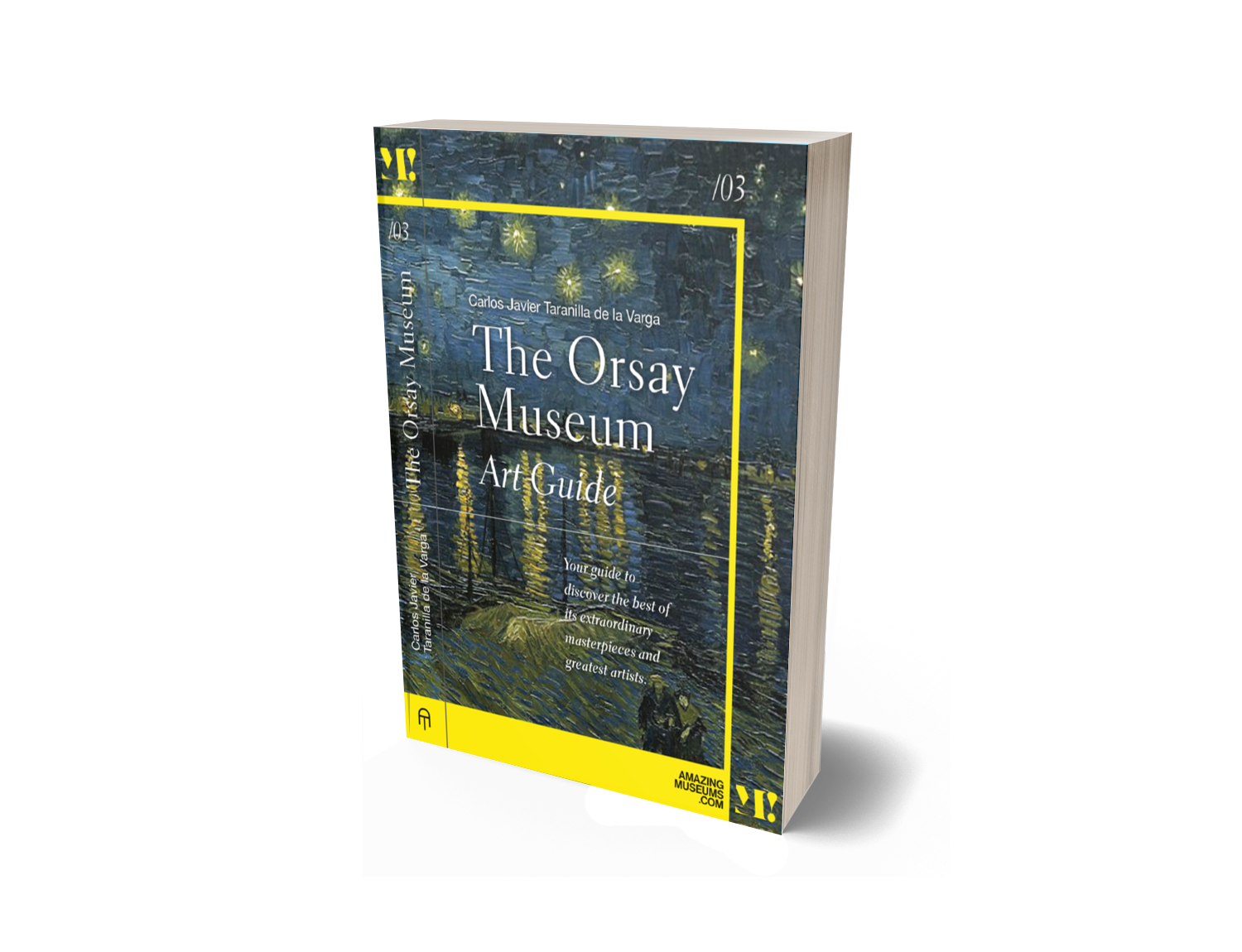.jpg)
How has summer been depicted in art history?
Summer is a time of the year that inspires many pictorial artists, both for the light and the color that characterize this season. In this article, we will review some of the most emblematic works that reflect the summer in the world of pictorial art, from impressionism to contemporary art.
One of the first paintings that comes to mind when we think of summer is Édouard Manet's "Luncheon on the Grass", painted in 1863. This work, which caused a scandal at the time for showing a naked woman next to two clothed men, depicts a typical summer country scene, with a bright green landscape. Manet was inspired by a Renaissance work by Giorgione, but gave it a modern and realistic touch, breaking with academic conventions.

Lunch on the Grass, Manet
Another artist who captured the essence of summer was Claude Monet, the master of impressionism. Monet painted numerous outdoor scenes, seeking to capture the effects of light and color on water, flowers, trees and people. Some examples are "Women in the Garden" (1866), "Impression, Rising Sun" (1872), "The Water Lilies" (1897-1926) or "The Japanese Bridge" (1899). Monet created his own garden in Giverny, where he spent the last years of his life and where he created many of his masterpieces.

The Japanese Bridge, Monet
Summer was also a source of inspiration for 20th century artists, who explored new forms of expression and experimented with color and form. For example, Pablo Picasso painted "La siesta" (1932), a work showing his lover Marie-Thérèse Walter sleeping in a hammock under a radiant sun. Picasso used bright, contrasting colors and simplified the forms to create a dynamic, sensual effect. Another example is Salvador Dalí's "The Persistence of Memory" (1931), a surrealist work depicting a desert landscape with soft clocks melting in the summer heat. Dalí wanted to express the relativity of time and memory, and was inspired by a camembert cheese that had melted on his table.

La siesta, Picasso
As we can see, summer has been a recurring theme in the world of pictorial art, and has given rise to works of great beauty and originality. Summer invites us to enjoy nature, light and color, and also to reflect on our relationship with time and reality. Summer is a season that stimulates our imagination and our artistic sensibility.
The Musée d'Orsay, where some of the museums in this article are located, is one of the most beautiful and original museums in Paris. It occupies a former railway station and houses a magnificent collection of 19th century art, with a special focus on Impressionism and Post-Impressionism. Among its most famous works are Manet's Luncheon on the Grass and Olympia, Van Gogh's Starry Night and Sunflowers, Renoir's The Dance at the Moulin de la Galette and The Swing, or Courbet's The Origin of the World and The Dream.
If you want to learn more about other Impressionist works, we recommend "The Orsay Museum Art Guide", our book about the museum that houses the largest amount of Impressionist work in the world, as well as a must-have art guide to discover and learn the essentials of the great works, artists and styles of the Musée d'Orsay, soon available on Amazon.

